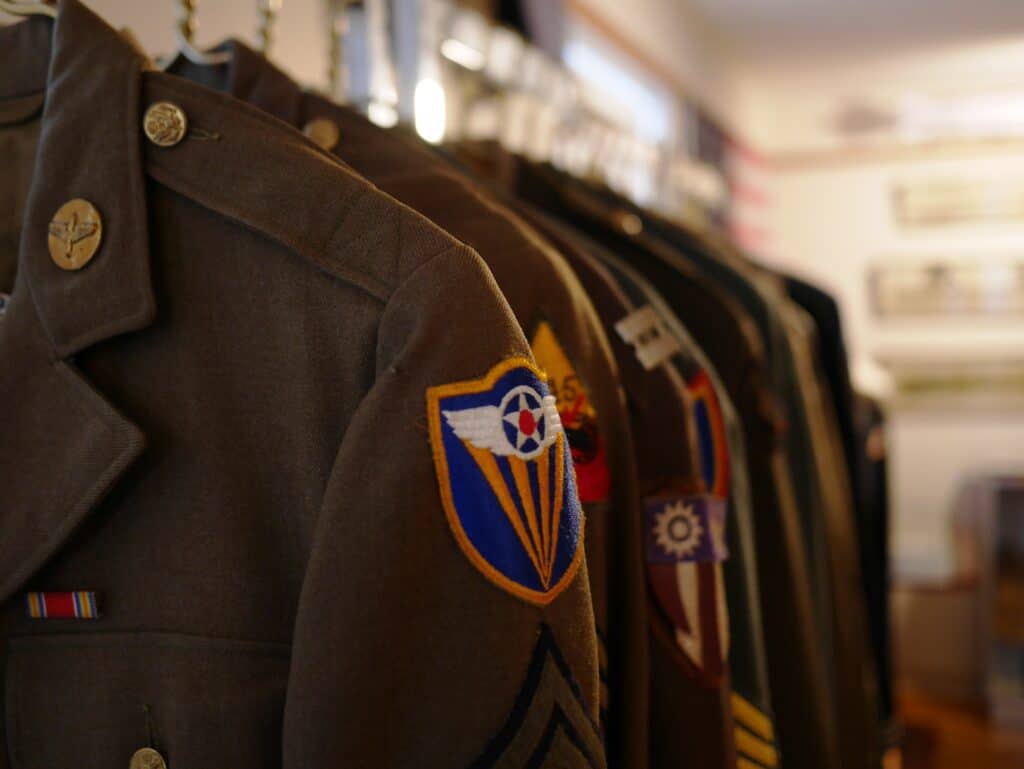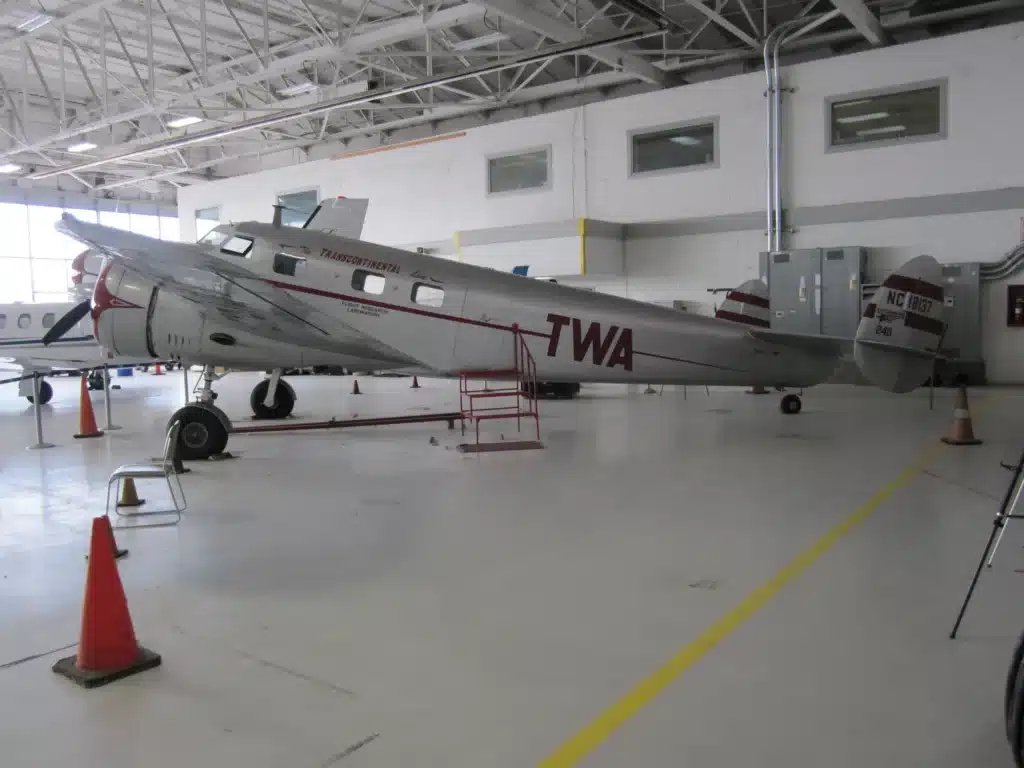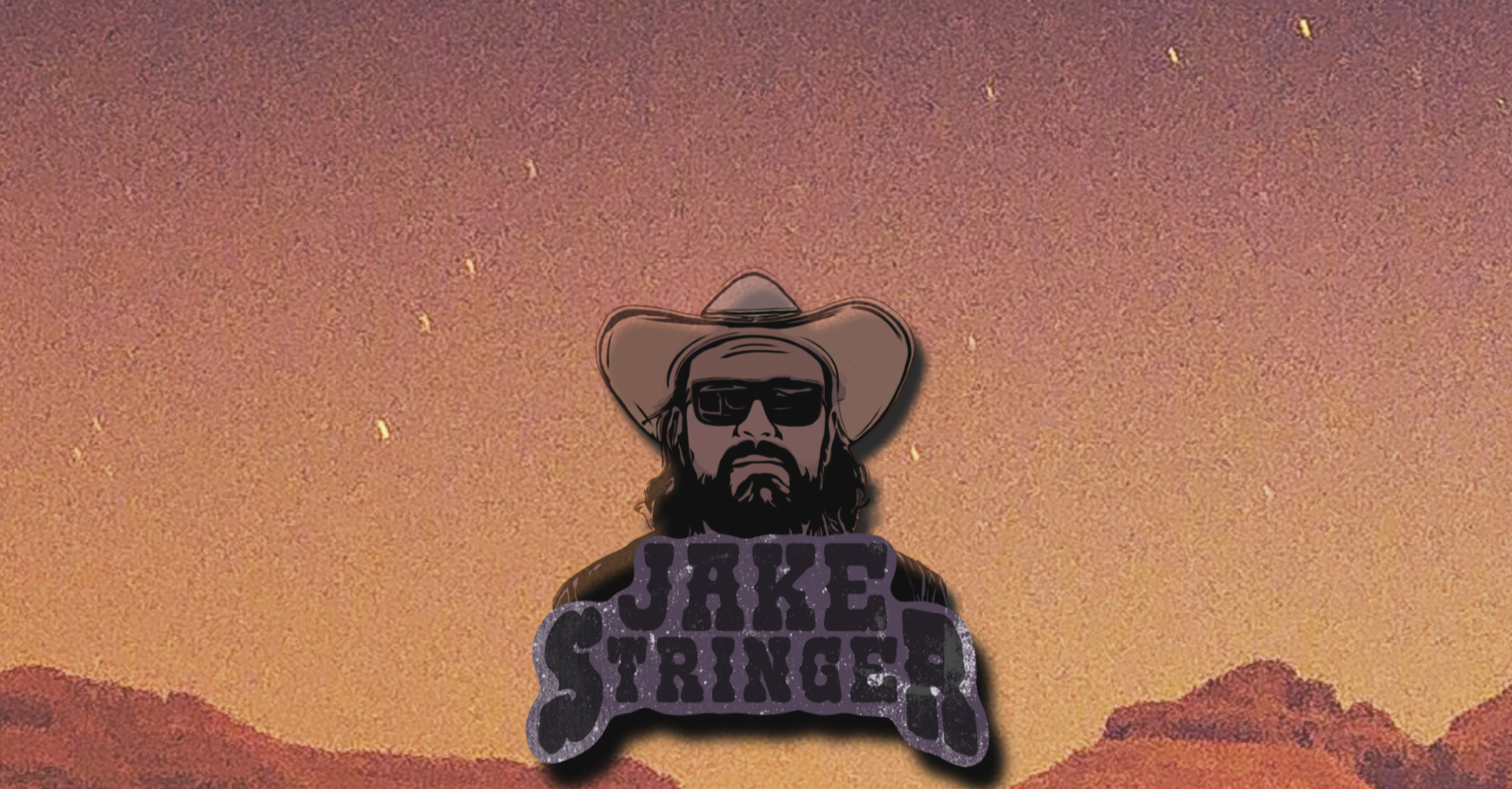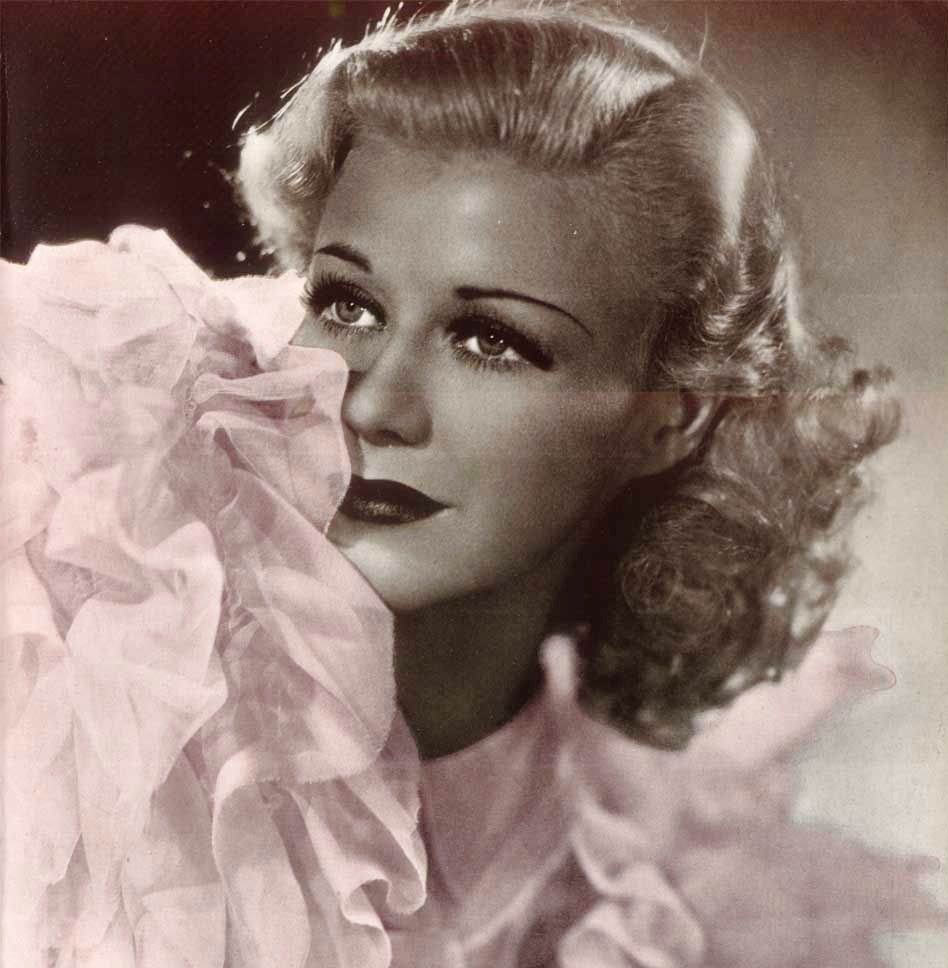You may have gone dancing at a club, a reception hall, under a tent, in a gymnasium, even in a barn – but chances are, you’ve never gone dancing at a site like the one in Kansas City where a USO-style dance is being held on Saturday, April 22.

By Peg Cameron Gill
Come revel in the revelry of music from the “Boogie Woogie Bugle Boy” era at a 1940s USO-style Hangar Dance to benefit the TWA Museum on Saturday, April 22. Being held at the Signature Flight Support Hangar in Kansas City, the event will run from 7–10 pm.
Get in the spirit by sporting vintage WWII or other military uniforms, vintage ‘40s attire, or TWA uniforms. Or, come as you are. Everyone’s welcome at this swingin’ soiree.
Watch featured dance performers The Swingsters, TWA Captain Russ Longley and his partner from Walter’s Dance Studio, and Maysen Wilder (of Just Dancing in St. Louis) perform. Then cut a rug yourself from 7–10 pm dancing to the Big Band tunes of the Moonlight Serenade Orchestra. You definitely won’t want to stay in your assigned seat when this evening takes off!
You’re welcome to bring a picnic dinner or appetizers for your group, and a cash bar will be available. But please, no outside alcohol/beverages. Check in is from 5:30–7 pm.
So enjoy a fun night for a good cause by hanging out at the hangar.
The TWA Museum’s goal is to ensure a permanent, expanding, and professionally exhibited collection of artifacts that bring the story of Trans World Airlines (TWA) to life in Kansas City, where it all began. The Museum is dedicated to the preservation of the legacy of TWA’s leadership in the world of commercial aviation.

It all began when Charles Lindbergh visited Kansas City several months after his historic solo crossing of the Atlantic Ocean to help dedicate the new airfield just north of the Hannibal Bridge and downtown. During his dedication speech, Lindbergh praised the City of Kansas City, Missouri, saying that the city’s central location and the airport’s proximity to the business district gave the city the potential to become the air capital of the United States. Those strengths became major factors in the airport’s success over the years, when Transcontinental Air Transport (TAT) established its headquarters in Kansas City. TAT (later TWA), made its first coast-to-coast flight via Kansas City in 1929. More than a dozen other passenger lines eventually operated out of the airport.
In 1928, a passenger terminal was built for the transcontinental rail-air operations and was run by Transcontinental Air Transport (TAT) and Western Air Express. By April 1929, Kansas City Municipal Airport was home to more passenger airlines than any other airport in the nation and had acquired the title, “Air Hub of America.” It was assigned the Civil Aeronautics Board airport code “MKC”, presumably an abbreviation of “Municipal Kansas City.” TAT merged with Maddux Airlines and Western Air Express to become Transcontinental & Western Air, Inc., or TWA.
After World War II, commercial aviation in Kansas City flourished, and growth continued into the 1950s with the construction of the Broadway Bridge.
The TWA headquarters was relocated from Kansas City to Saint Louis in 1982. The original TWA headquarters, built in 1932, still stands today and houses Signature Flight Support. The TWA Museum is also inside the building.
For hundreds more events, visit Missouri Life’s Event Calendar.
Related Posts
Kick Up Your Heels at MO Country Fest
If you like your music tinged with a country twang, you’ll want to boot-scoot boogie your way to MO Country Fest on Saturday, January 14. Some of our states' most promising country crooners will be pickin’ anda grinnin’ at one venue.
March/April Events Worth the Drive
Our top picks from around the state.
Backward and in High Heels: Remembering Ginger Rogers
Ginger Rogers was born as Virginia Katherine McMath in Independence in 1911, and she spent her early years in Independence and Kansas City. Ginger is best remembered for movies made with dancing partner Fred Astaire. She is famously credited for doing everything Astaire did, only backwards and in high heels.



